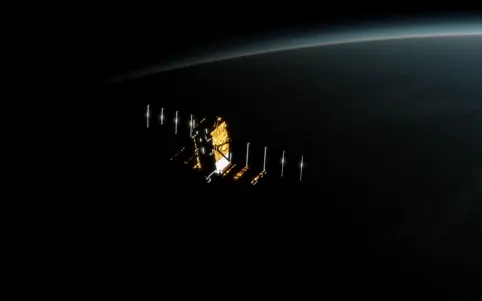The project entailed a feasibility analysis on the use of Neural Networks for estimating the pose of a known non-cooperative satellite from a monocular image. I undertook this initiative immediately following my graduation from the Master's Degree in Aerospace Engineering, from February 2021 to June 2021. The research scholarship was co-funded by the University of Bologna and Thales Alenia Space Italia.
The key phases of the project included:
- A comprehensive literature review.
- The creation of a database of images.
- The establishment of a simulation environment.
- An accuracy assessment phase.
This project marked my initial venture into neural networks, pose estimation, and computer vision.
Throughout this endeavor, I acquired valuable skills, including:
- Generating realistic spacecraft image datasets in Blender, while controlling parameters such as relative position, attitude, and illumination conditions.
- Training neural networks using TensorFlow.
- Utilizing cloud services to scale computing power efficiently.
Following the official conclusion of the project, the research scholarship was extended to facilitate further algorithm optimization and testing. This involved utilizing a Coral Dev Board Mini equipped with a Tensor Processing Unit (TPU) through quantized models.

